To read the original article, please visit QSRmagazine.com.
Restaurants are known for their razor-thin profit margins. That notion holds particularly true among affordable fast-casual and quick-service concepts. Add on pressures like rising real estate costs, unpredictable food prices, and minimum-wage hikes across the country, and operators are left with even less of a financial safety net.
In this climate, every penny counts. And restaurateurs are continually re-examining every part of the business, including their ingredients, labor schedules, and food packaging in order to maximize return. To help, we asked experts and operators to identify ways restaurants can maintain fiscal discipline and trim costs without sacrificing quality.
1. Rethink ingredients
Consumers are more health-conscious than ever. They want to know where their food comes from, and they’re flocking to scratch-cooked, health-forward, and farm-to-table offerings.
Those trends can add new layers of complexity to a restaurant’s bottom line, says Vince Purves, President of Consolidated Concepts.
Scratch ingredients may come with a lower upfront price tag, but the manpower required to break them down in-house can add up quickly. For that reason, Purves is a proponent of pre-portioned, processed foods, which he says can cut down costly staff time while still maintaining high-quality standards.

Take the chicken breast, for example. An operator might want to tout that its birds are broken down in-house. But a prepared chicken breast from a processor cuts down trimming waste, frees up staff time, and can ensure product consistency that is otherwise difficult to replicate across multiple units.
“Are you getting credit for trimming a random chicken breast?” Purves says. “Does the customer really know, and do they care?”
The same logic holds true for produce options like pre-diced onions or shredded carrots, he says. In some cases, it may even be advantageous to add multiple SKUs of similar products—a pre-sliced chicken breast for salads and a whole breast for sandwiches, for instance. Such options may cost a few pennies more on invoices but could save labor dollars by eliminating on-the-clock work.
Purves says technological advancements have improved the quality of frozen and pro-
cessed ingredients in recent years. A processed chicken breast, for instance, might come marinated in an all-natural solution of water and sea salt that tastes just as good or better than a raw piece of meat prepared on site.
“That provides very low waste and significantly reduces labor,” he says. “It provides a consistent product, too.”
Purves says the key is understanding the relationship between supplies coming in and the associated labor costs needed to transform them into meals for customers. Many restaurants aren’t there yet, but Purves believes it’s an easy sell once operators realize the potential labor savings.
“If you can reduce enough of the processes—the actual back-of-house processes, where you can eliminate one person—that gets their attention,” he says. “But there are so many other benefits of getting something that’s produced to some extent from a third-party manufacturer: that consistency of product, better yield, the fact that there’s probably more cost stability associated with it.”
2. Watch every penny—constantly

Sometimes you’ve got to spend money to save money.
That’s what 105-unit Capriotti’s did with a system-wide upgrade of its POS system. The addition of NCR Back Office has integrated inventory management, recipes, and sales data with store schedules and labor costs.
Capriotti’s chief development officer David Bloom says everything about the restaurant business has grown more complicated in recent years. Complex labor regulations and innovations like third-party delivery require deep financial analysis. An old-school reliance on instinct won’t cut it, Bloom says.
“I’d say a lot of restaurateurs actually don’t take the time and energy to keep updated financial reports,” he says. “You’d be amazed at how many restaurateurs just look at their bank account versus actually running a financial statement and diving into it. That used to work. But, unfortunately, it just doesn’t work anymore.”
Capriotti’s software creates an ideal labor schedule using manager parameters and provides regular updates of overages and actual time clocked. It also keeps watch on overtime issues and tracks part-time employees who approach 30 hours per week—the federal threshold for requiring employee health insurance. The system is also vigilant about tracking food costs, overages, and waste for the sandwich concept.
“I can tell you not just your food cost is high, but specifically I can say which meats or cheeses are high,” Bloom says. “I can say my turkey sandwiches are high, I must be putting too much meat on the turkey sandwich. So you can be very, very specific in finding problems.”
Combined across the system, the store-level data can pinpoint problems with individual operations. Sometimes, fixes are as simple as ensuring franchisees leverage the chain’s existing national contracts with suppliers, rather than purchasing product from local, more expensive providers.
Bloom says franchisees often lack the time or expertise to analyze their financial data in-house. That’s why corporate invested in the system itself and performs regular, in-depth financial reviews of franchisee operations. Bloom says the franchisor performs this service at no cost to operators.
“We don’t make any extra money doing that. Our royalty is completely based on the topline,” he says. “They certainly understand the time we’re investing with them to improve their bottom line is strictly for them. Now, the argument could be made that in the long run it helps us because healthy franchisees are growing franchisees.”
3. Focus on saving, not just cutting

Mike Charvat, senior vice president of operations at Grill Concepts Inc., says the third-party operator of hotel restaurants has labored to think more holistically about its store budgets.
“Instead of cost cutting, we’re looking at cost savings generally and better spending,” he says. “It’s really getting ahead with a plan. At the end of the month, it’s really too late to do anything about it.”
Grill Concepts operates full-service restaurants and the quick serve In Short Order Daily Grill in the lobby of the Sheraton Seattle Hotel. Charvat says the company’s fiscal approach doesn’t differ between its full-service and quick-service concepts. Both segments of the industry require disciplined inventory management and long-term planning.
“The margins are generally the same,” he says, “but it’s different food price and check averages.”
With its unique operation inside hotels, the company’s restaurants receive one key forecasting tool that most other operators don’t have the luxury of using: hotel occupancy numbers that can help predict traffic. That makes scheduling and inventory management much more precise.
Much of the cost-control strategy for Grill Concepts relies on separating short-term expenses from the long-term financial health of operations. For example, the company is heavily focusing on manager recruitment and retention with hopes that more emphasis there will pay off in the long run.
“If we can reduce turnover by 25 percent, that’s a huge savings,” Charvat says. “We cut down on recruiting expenses and ads.”
Some brands might choose to trim training programs to save cash. But Charvat views such moves as shortsighted. Grill Concepts is re-examining perks and benefits packages in an effort to create long-term stability in its management ranks.
“People are always fighting over people in this business. It’s really wanting to retain them and wanting them to not talk to other [employers],” he says. “We think it’s going to lead to better retention and higher morale. We want to be the employer of choice in the restaurant business. There’s so much competition out there.”
4. Design on a budget
Restaurants have many tools at their disposal to trim costs and adjust budgets. But when it comes to real estate, operators have limited flexibility.
Miguel Vicens, a creative director at Coevál Studio, a Dallas branding and design firm specializing in restaurants, says the strength of today’s real estate market means restaurateurs have to pony up for the space and locations they desire.
“Landlords and property owners these days don’t have to settle for anything,” he says. “So I don’t think there’s a ton of negotiation.”
But operators do have budgetary leeway when it comes to all the finishes that go into transforming an empty box into a restaurant. Vicens says there are many ways to achieve a high-design look without spending a fortune.
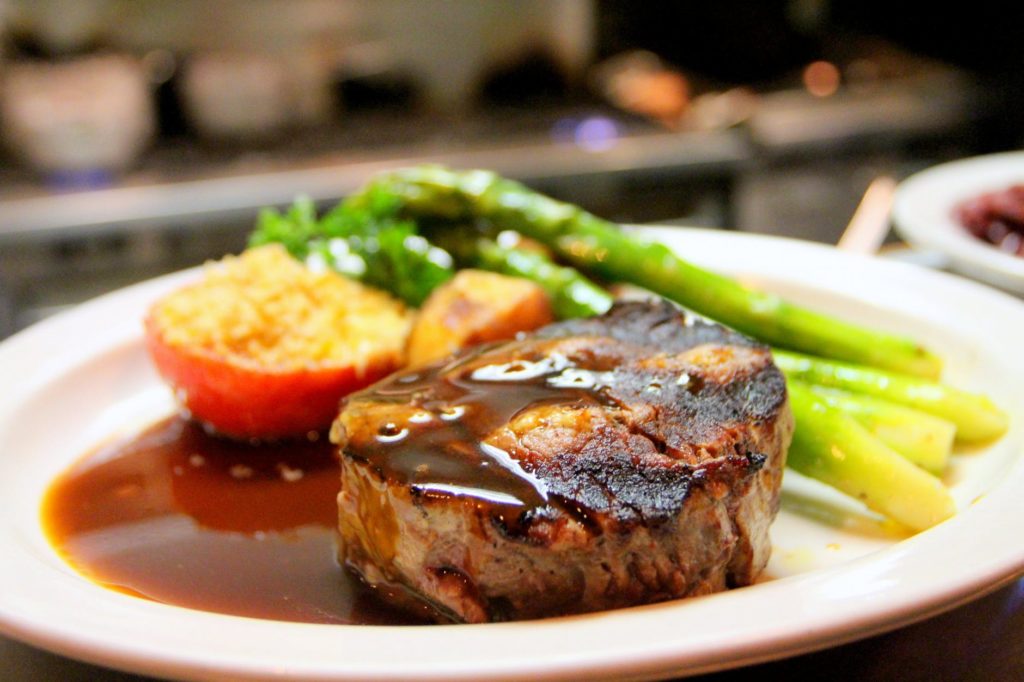
For example, instead of using reclaimed wood for a counter or bar top, the company has found that hardwood floors can achieve a similar effe ct at a fraction of the cost.
Some restaurateurs may be drawn to the modern, institutional aesthetic of shiny metals and subway tiles that have grown to dominate the fast-casual space. But Vicens says that look is tired. And even operators on tight budgets can create a distinct space.
“You do save some money leaving spaces as bare as possible,” he says. “But the problem is you fall into that trend. Does it look like a trendy coffee shop or does it look like an actual restaurant?”
When budgets get lean, operators should cut from the restrooms first, Vicens says. Tile costs vary widely and are an easy downgrade to realize savings. And when shopping for locations, it’s always cheaper to find a space that previously housed a restaurant because of the existing kitchen equipment and electrical and plumbing fixtures.
For multiunit operators, Vicens recommends maintaining consistency of finishes. But he says operators should seek to define each location with one unique piece of artwork. Coevál Studio likes using vinyl or mosaic to build a signature piece that will prove Instagram-worthy to diners.
“You can have 20 units and they all have a different Instagram moment or Instagram wall,” he says. “They describe where you are.”
5. Watch what goes in the dumpster
One of the easiest ways to identify fiscal waste is to examine the physical waste.
Dumpsters offer a glimpse into a restaurant’s spending patterns. And they’re frequent culprits in overspending.
“You normally wouldn’t think about it,” says Geoff Aardsma, vice president of client service for Enevo, which provides waste, recycling, and analytics services. “All you’re seeing is that small bill, but it really touches almost every part of a restaurant’s operation.”
Aardsma points out that trash trucks cause parking lot wear and tear and can interrupt drivers looking to get in and out during a lunch rush. Scheduling too many pickups is akin to over-ordering produce. And scheduling too few means on-the-clock workers have to go out back and deal with the headache of overflowing garbage.
Enevo deploys dumpster sensors to monitor waste generation and pickup schedules. The company says it can save restaurants as much as 15 percent by managing waste pickup. Aside from outsourcing waste removal services, Aardsma says, restaurants should explore recycling opportunities to reduce the cost of cardboard and other materials going to landfills. Enovo has also worked with some suppliers to switch to reusable crates that cut back staff time and keep empty boxes out of the dumpster.
“In the quick-service space, it’s really about supply chain management and the packaging of materials being delivered to the restaurant,” he says. “There’s kind of a hidden cost of supply chain, and that’s the waste that occurs from packaging of supplies sent to you.”
6. Don’t go overboard
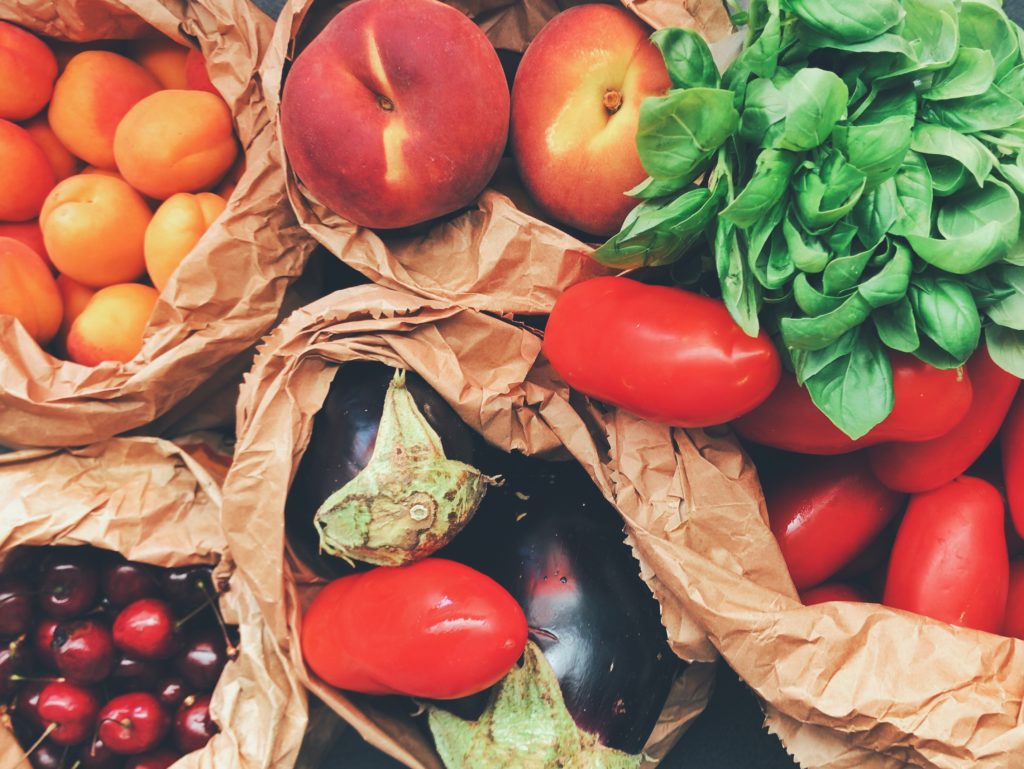
Andrew Gruel likes to call himself “the garbage man.”
“I go into the garbage cans,” says the founder and CEO of Slapfish. “And I’m serious. It’s really that simple. You find patterns.”
Scouring through the garbage of his fast-casual seafood concept, Gruel has found tangible savings. When he finds too many french fries in the trash, he knows the kitchen is over-preparing. Finding 3-inch-long scraps of carrot, he knows the prep cooks are wasting valuable produce.
While he sweats the details, Gruel says his fanaticism goes only so far; he is careful not to make cost-cutting changes that affect quality.
For instance, he’s worried about the skyrocketing price of avocados. Slapfish serves a house-made guacamole on some of its sandwiches. A cheaper, pressed avocado product is available, but Gruel says customers would notice an obvious departure like that.
“I look at what effect that has overall on the brand,” he says. “Let’s say we do it, serve 1,000 a week, and save a nickel on each one; it’s just not worth it.”
Instead, he’s made other changes that customers hardly notice. Some even add to the charm.
Packaging is intentionally barebones. Fish and chips are wrapped in newspaper, and to-go orders are packaged in brown paper bags, an aesthetic that Gruel calls an homage to the simple packaging served at Five Guys.
The same goes for the design, which is dominated by inexpensive choices like simple concrete floors and timeless subway tile. Menus are written on chalkboards and butcher paper, rather than pricey digital menuboards.
“I don’t need an interior designer to come in and tell me about some centerpiece,” Gruel says. “We want people to come in and not expect much from the design and think, ‘Wow, I’m impressed by the food. I wasn’t expecting that.’”
With marketing, the company relies mainly on free or cheap social media marketing to lure diners in. And Gruel has built a menu that is intentionally malleable. Instead of Mahi tacos, the menu calls for fish tacos, allowing the restaurant to swap out different types of fish as market prices fluctuate.
“It has to be built into the design of the food menu,” Gruel says. “We call it ‘Choose the dish, not the fish.’ People come to us for our over-the-top fish sandwich, not our Mahi sandwich.”




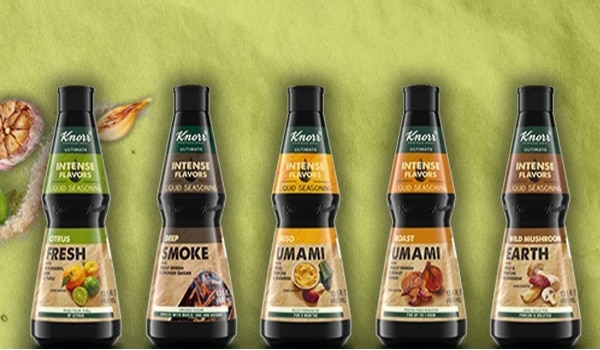
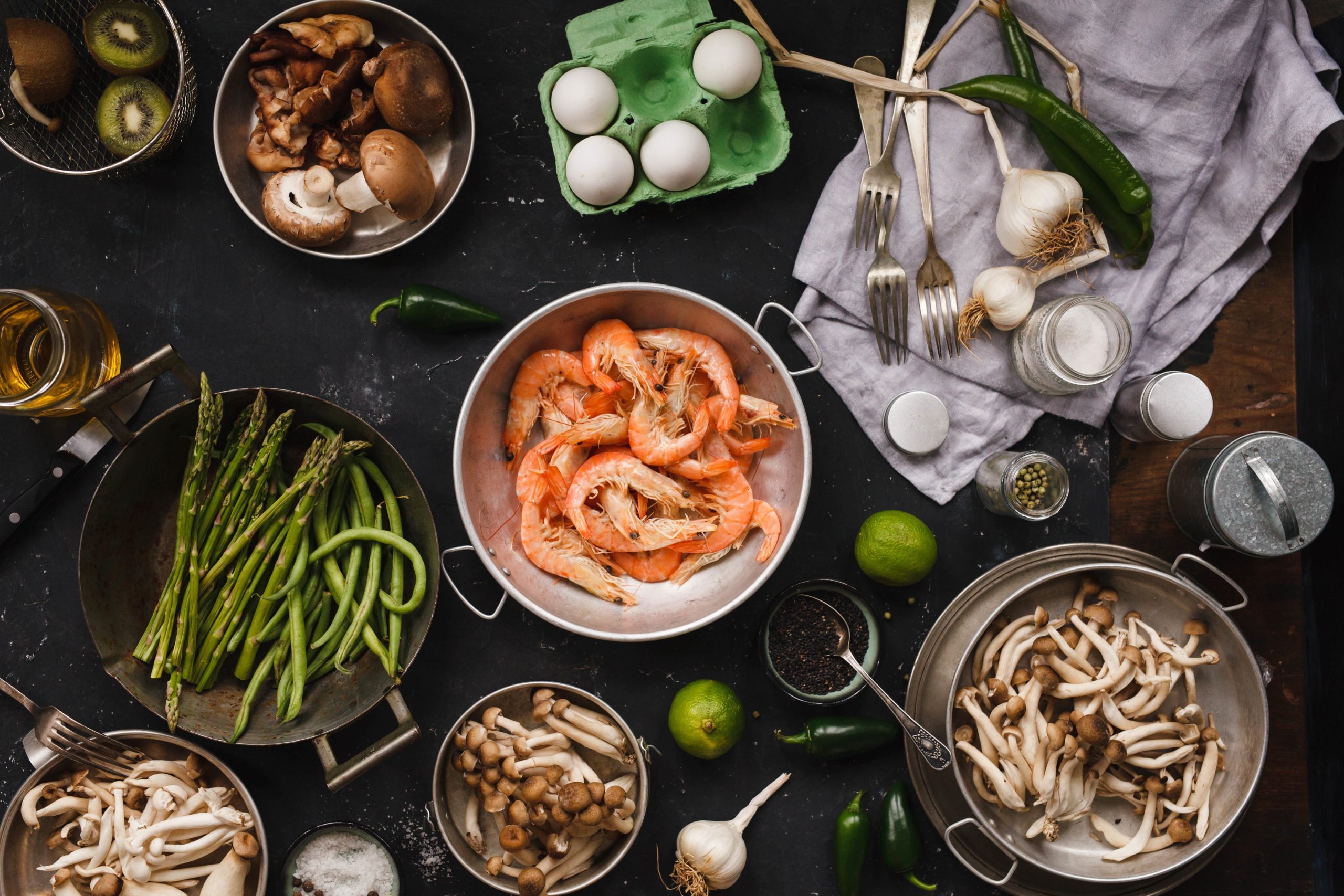










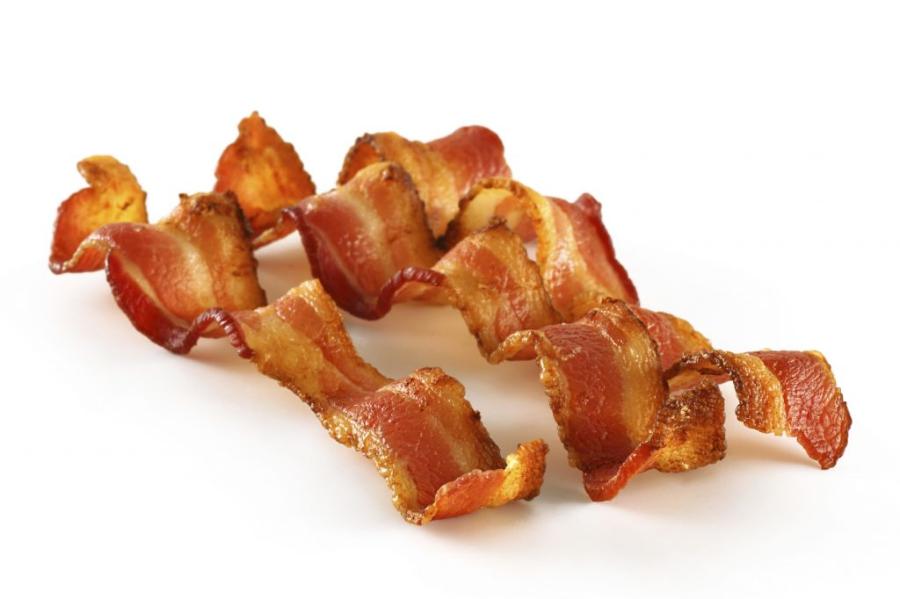





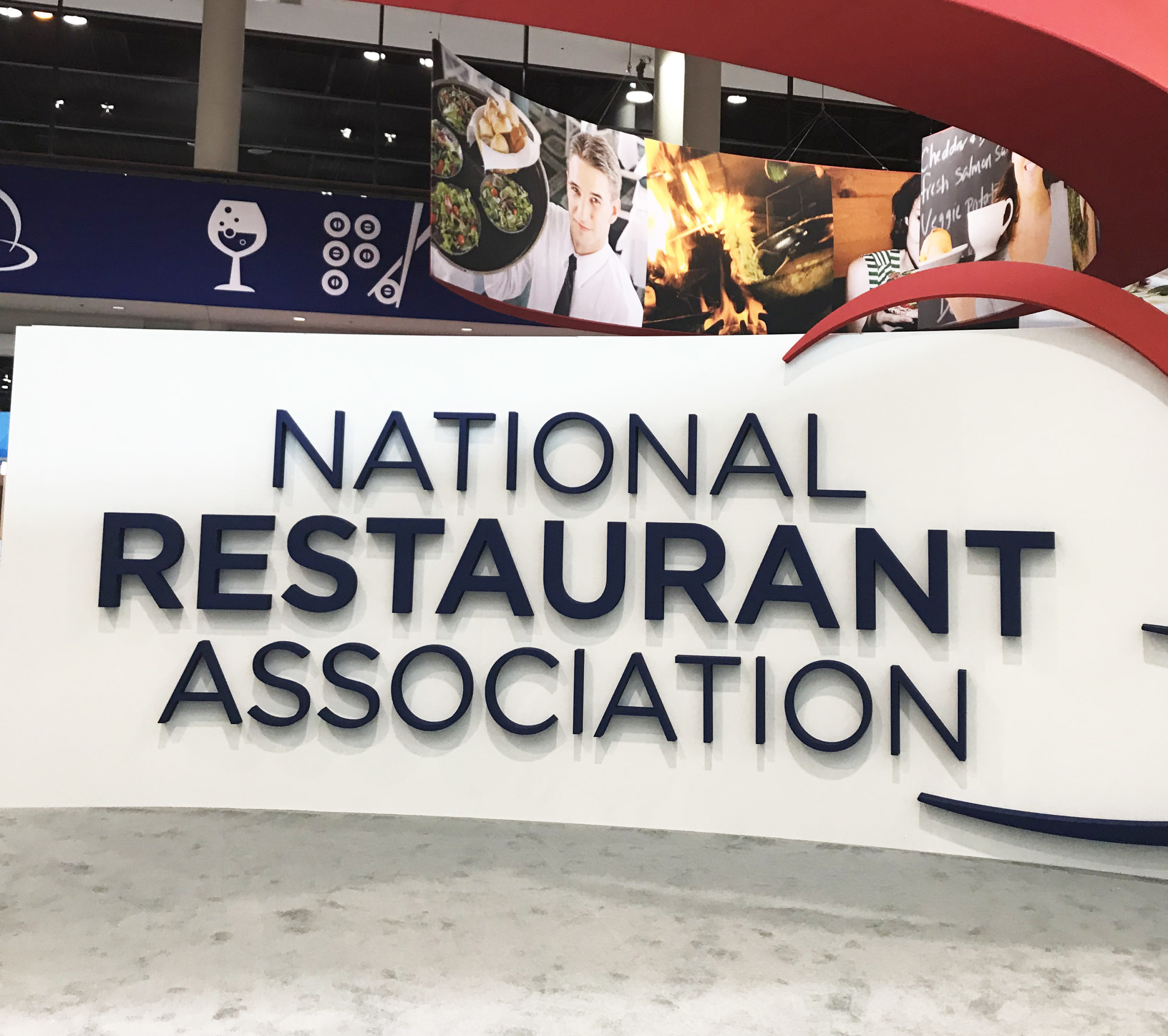
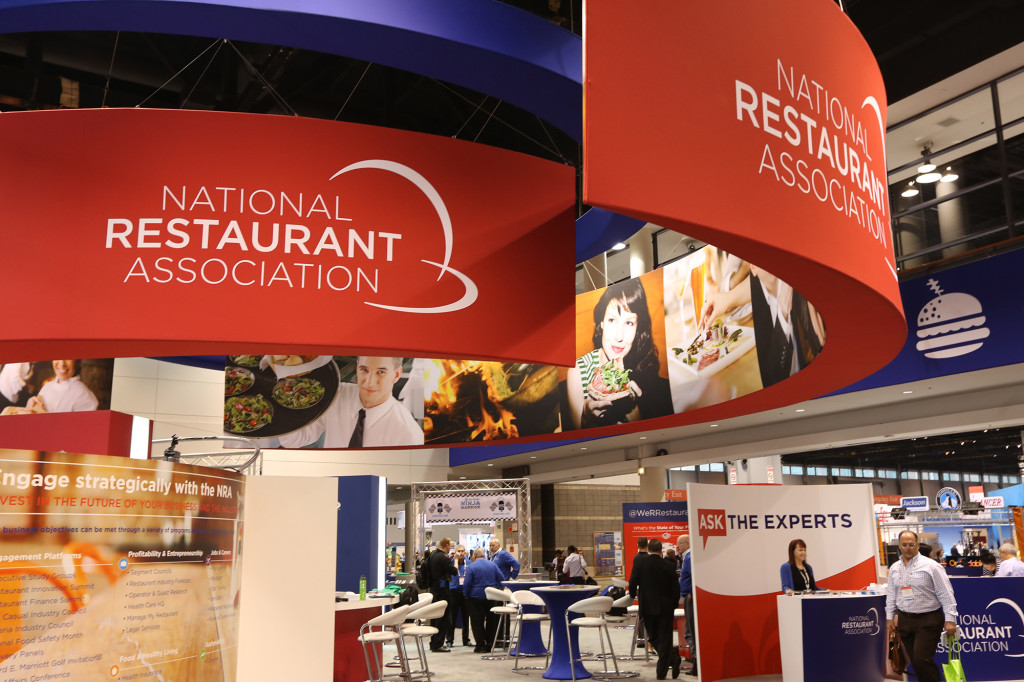
 Beyond the lineup during the day of exhibits, on-floor education sessions, bar star and world culinary demos, the evenings during the National Restaurant Association show are filled with networking and social activities. Rock out for the night on Saturday with Keith Urban or dine and mingle with industry buffs at an exhibitor planned after party. Had enough networking for the day?
Beyond the lineup during the day of exhibits, on-floor education sessions, bar star and world culinary demos, the evenings during the National Restaurant Association show are filled with networking and social activities. Rock out for the night on Saturday with Keith Urban or dine and mingle with industry buffs at an exhibitor planned after party. Had enough networking for the day?  From robots taking up a spot behind the grill (
From robots taking up a spot behind the grill ( Pizza Aisle
Pizza Aisle